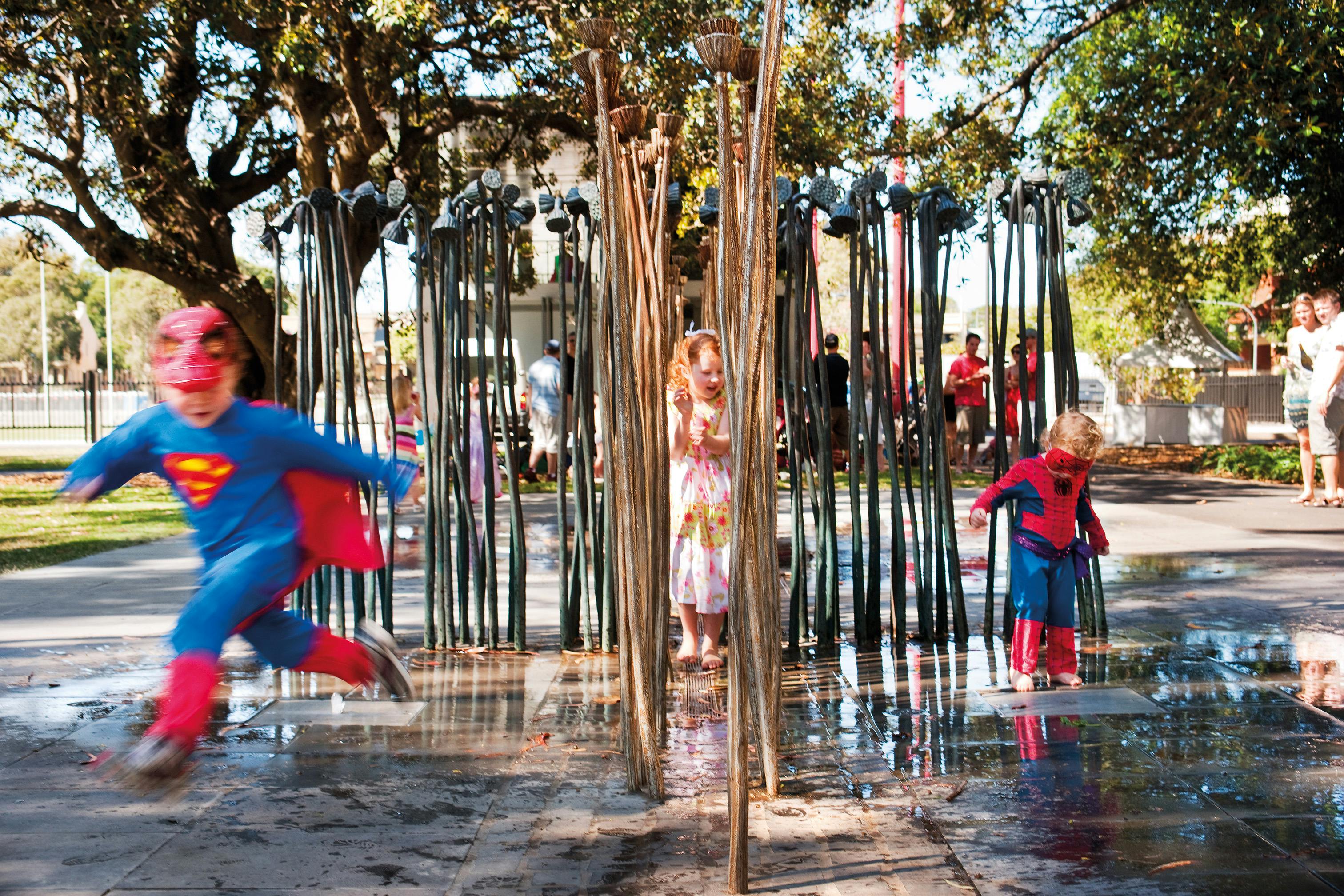We design landscape strategies that respond deeply to context — ecological, cultural, and economic — integrating people and the environment.
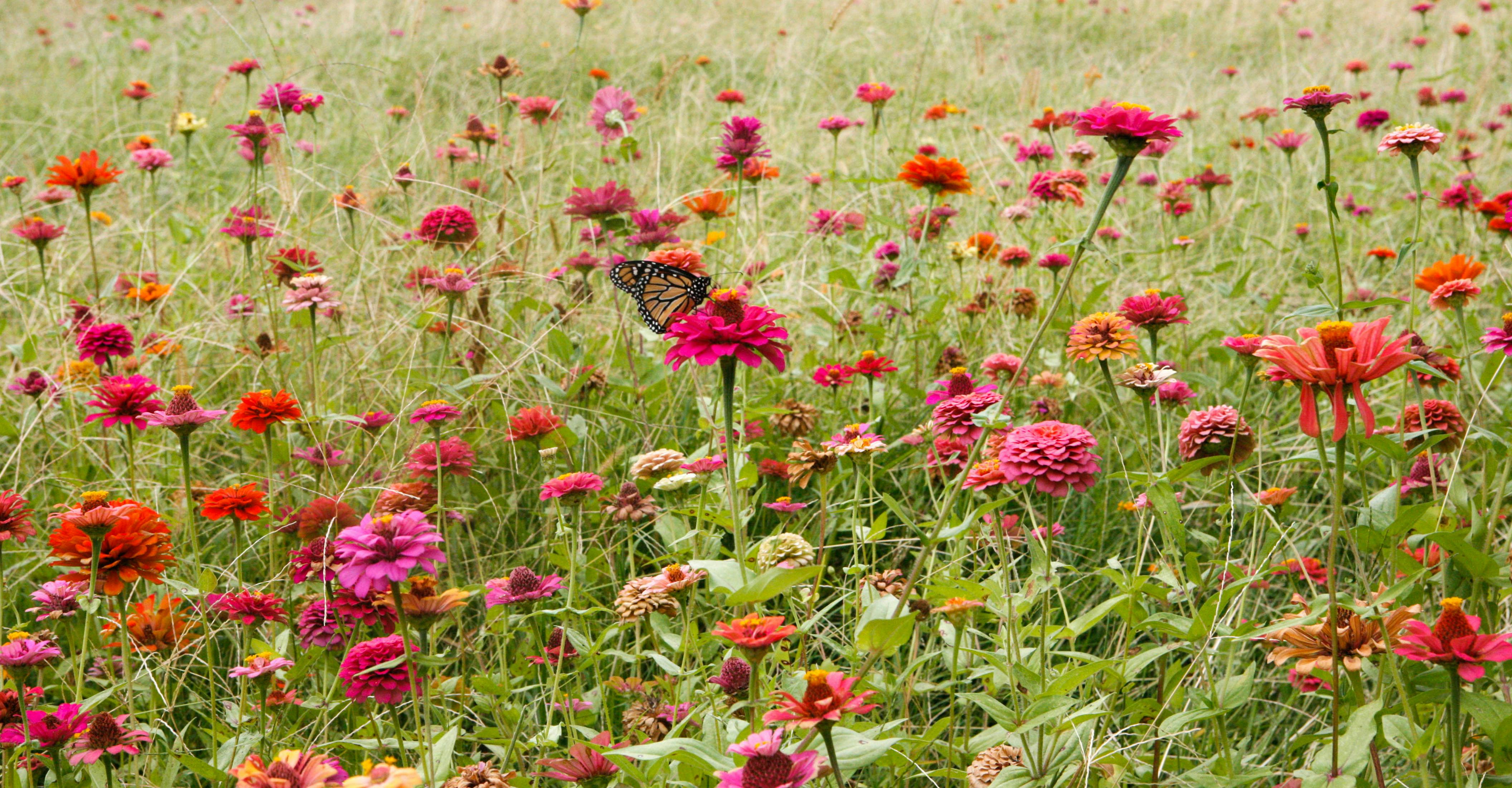
Over the last 15 years SMM has established itself as a leading practice of landscape architecture and urban design with offices in New Orleans and Sydney.
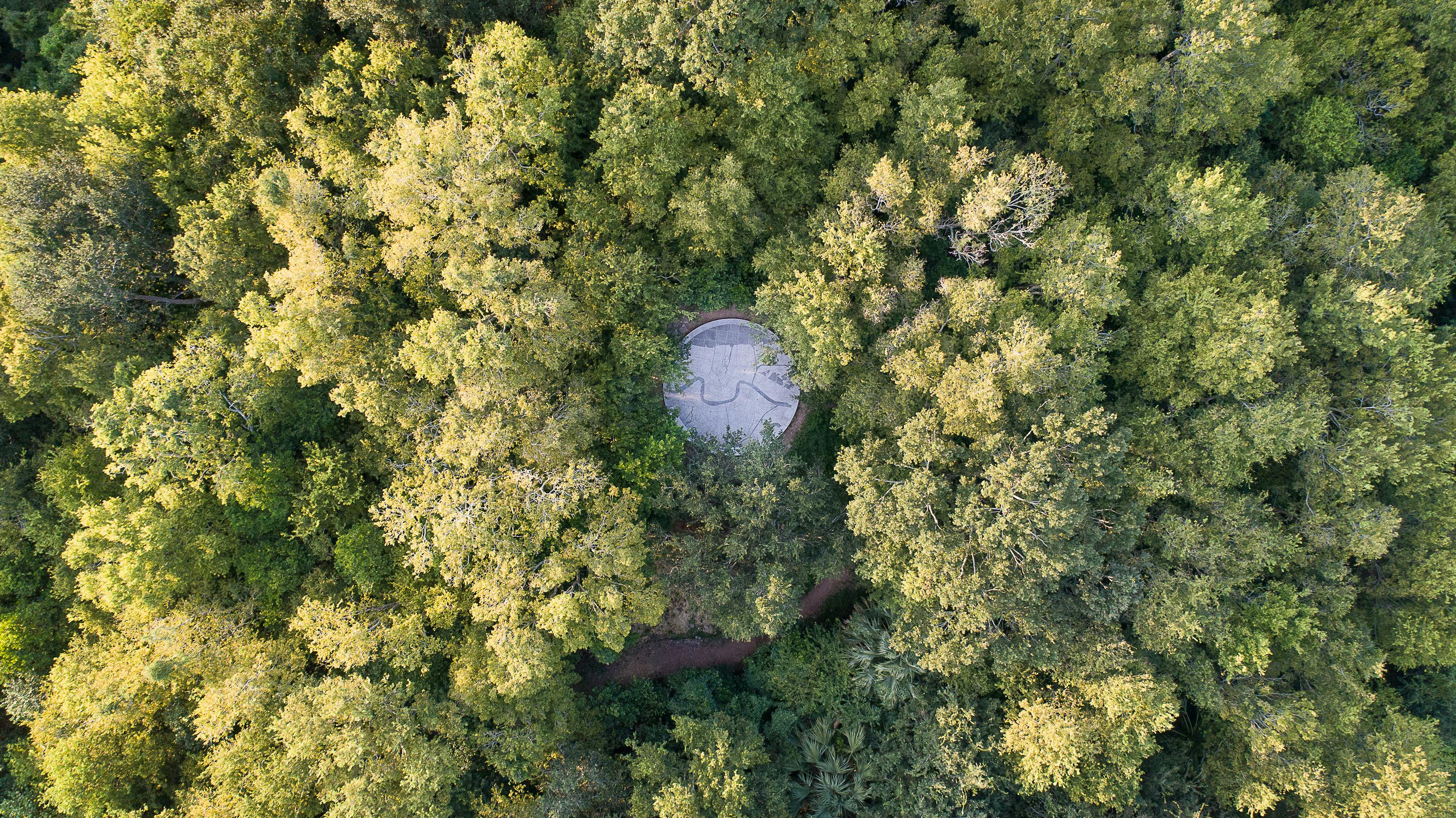
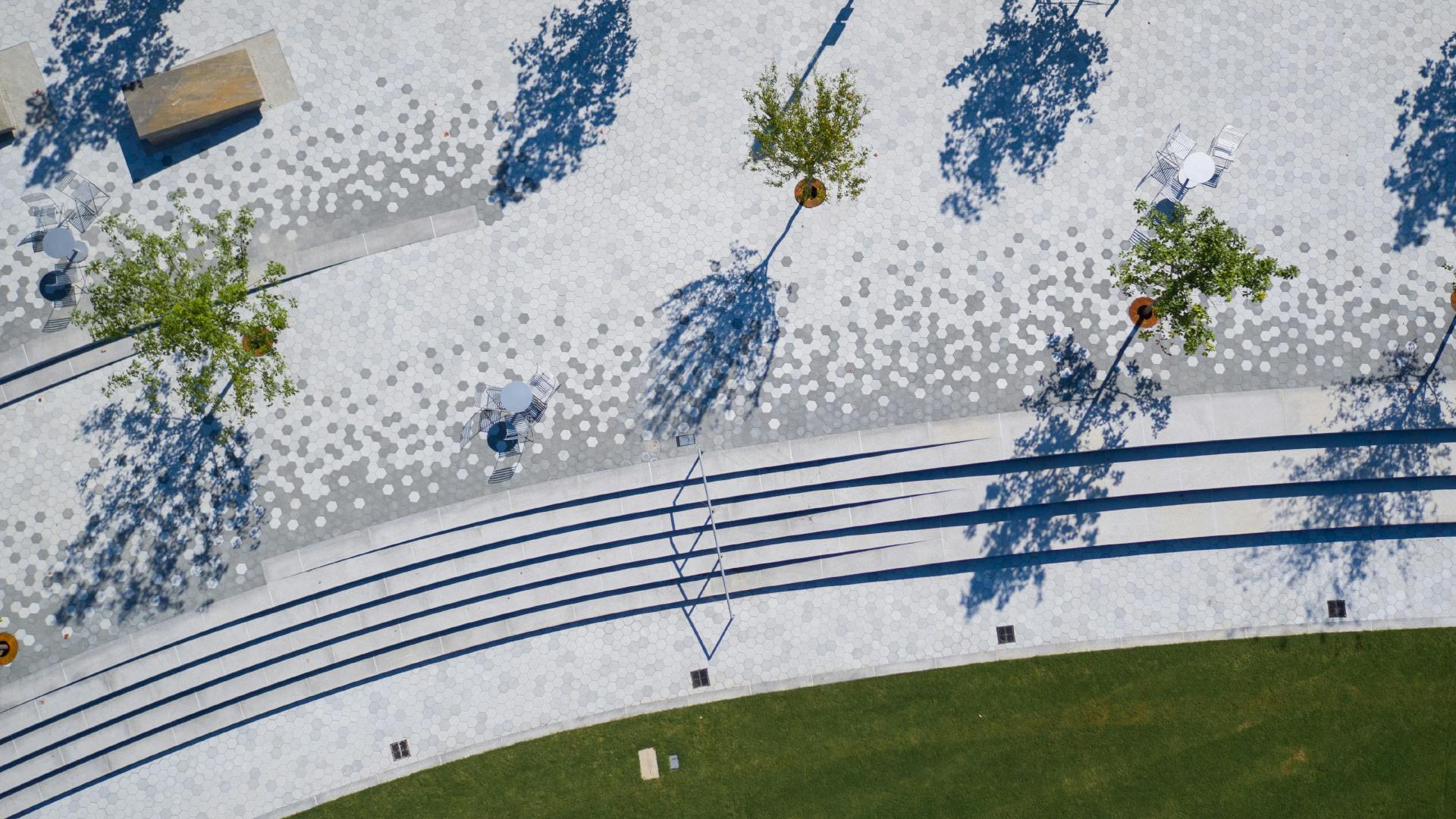
Our Approach
SMM aspires to cultivate environmentally and culturally responsive landscapes. We want to make cities more livable. We primarily work in the public realm, and are focused on connecting with communities as a foundational part of our design process.
Resilience
As landscape architects we are on the front lines of climate change. Our practice was founded in the work of rebuilding New Orleans’ neighborhoods after Hurricane Katrina.
Disasters caused by climate change are happening faster than we can rebuild. While we slowly build a new world, we will have to look to the community level to build the capacity to thrive in the coming decades of climate change impacts. We work with communities to plan for the mitigation of environmental hazards in a way that protects their social and cultural resources.
We listen to the voices of community members who have been historically marginalized to understand how to best adapt resilience strategies so that they work for everyone. We examine how traditional landscapes can be transformed into community assets that serve multiple functions. We are champions of a shift in the resilience planning and design paradigm that is highly adaptive, responsive and community-based.
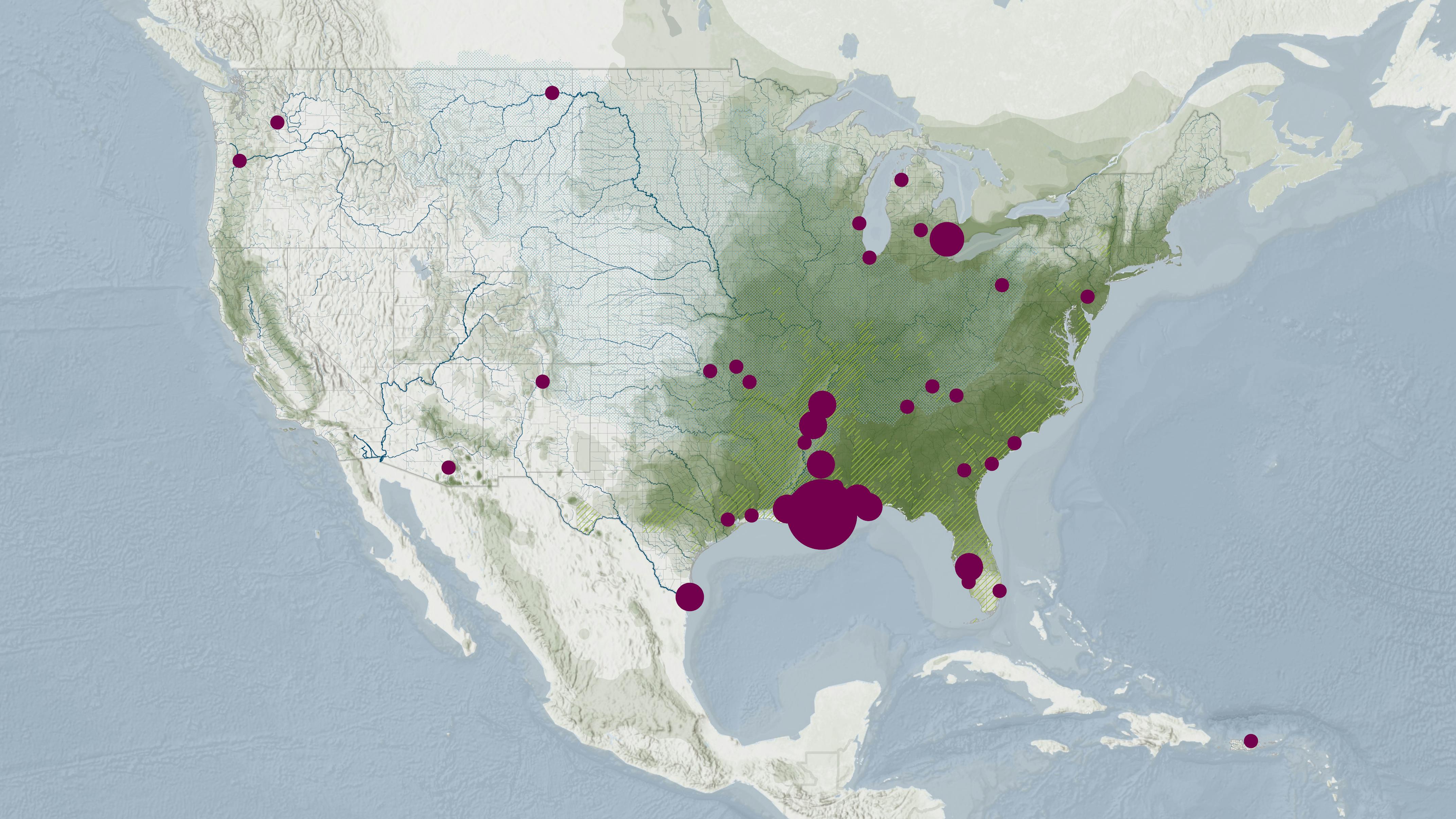
Where We Work
Understanding the Landscape
We believe that civic space should be inclusive, dynamic and authentic to the local culture and environment. They should inspire us, entertain us, offer places for recreation and relaxation, bring people together and function as the heart of a community.
Context drives our design process. We start each project with our feet, walking the site and observing its scale and rhythms; with our ears, listening to the community and learning about their aspirations and culture; with our eyes, examining the textures, the colors, the views and the way people use a space. We research the vernacular design language and cultural traditions, as well as the dynamic processes of the ecoregion and the urban patterns of a site. From this analysis we begin to build a responsive design language that authentically reflects the site and the client.
At the same time we research the history of the site: exploring old photographs, newspaper articles, site maps, and other information about the area. We look into the artistic and vernacular history of the region to understand what kind of art is made, and what kind of buildings are built, what kind of cultural landscapes were created. And we look into the ecology—and both the physical and cultural geography—of the region for systems and patterns that might inform the design.
Most importantly, a design language is built in collaboration with the community and the client, offering a unique and enlightening way of understanding the places where people live. Drawing from the experiences and understanding of the site and culture, we strive to create a real sense of ownership in the project. One thing we know from experience: successful and long-lived projects are those that are embraced and loved by the community.
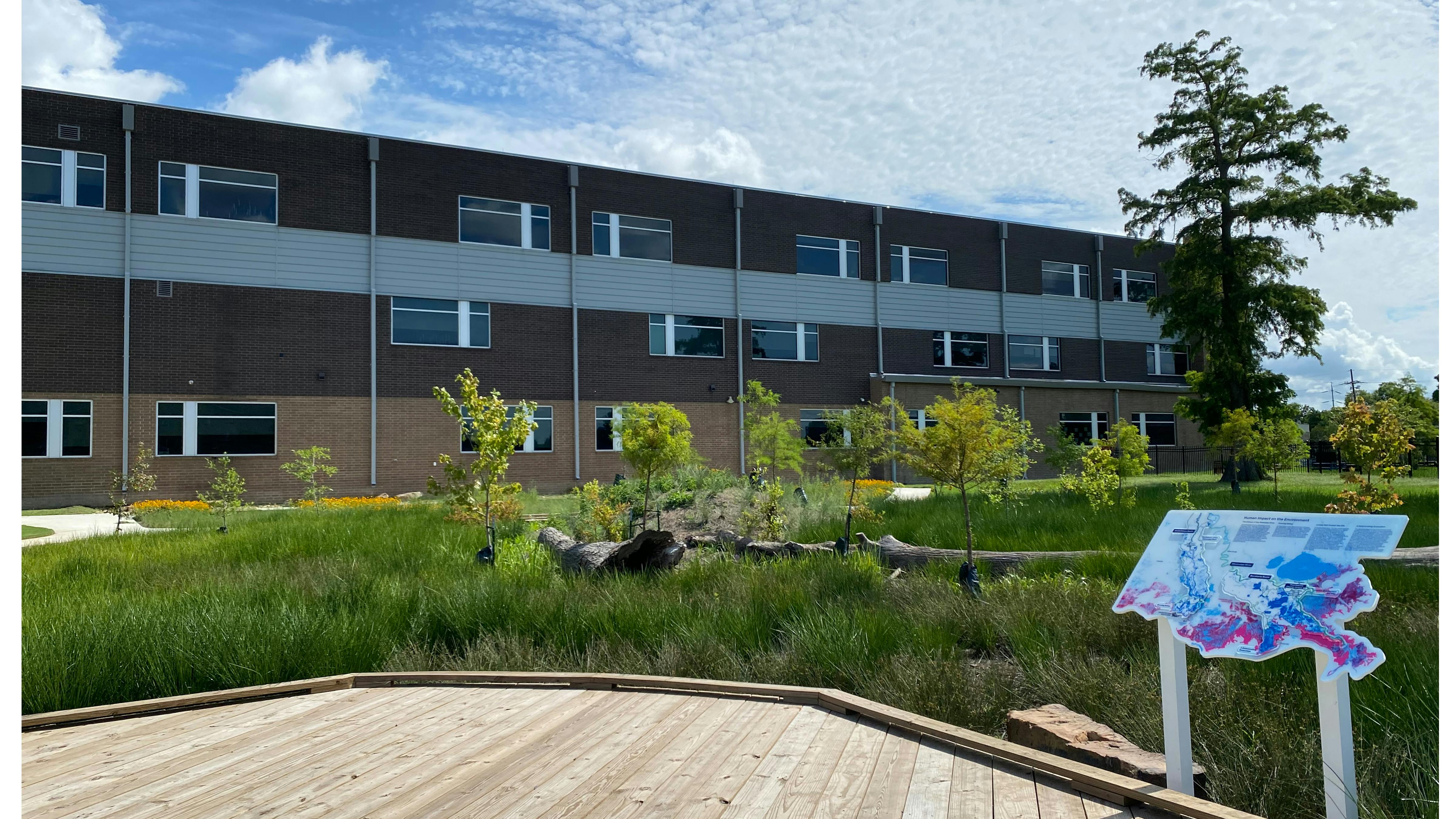
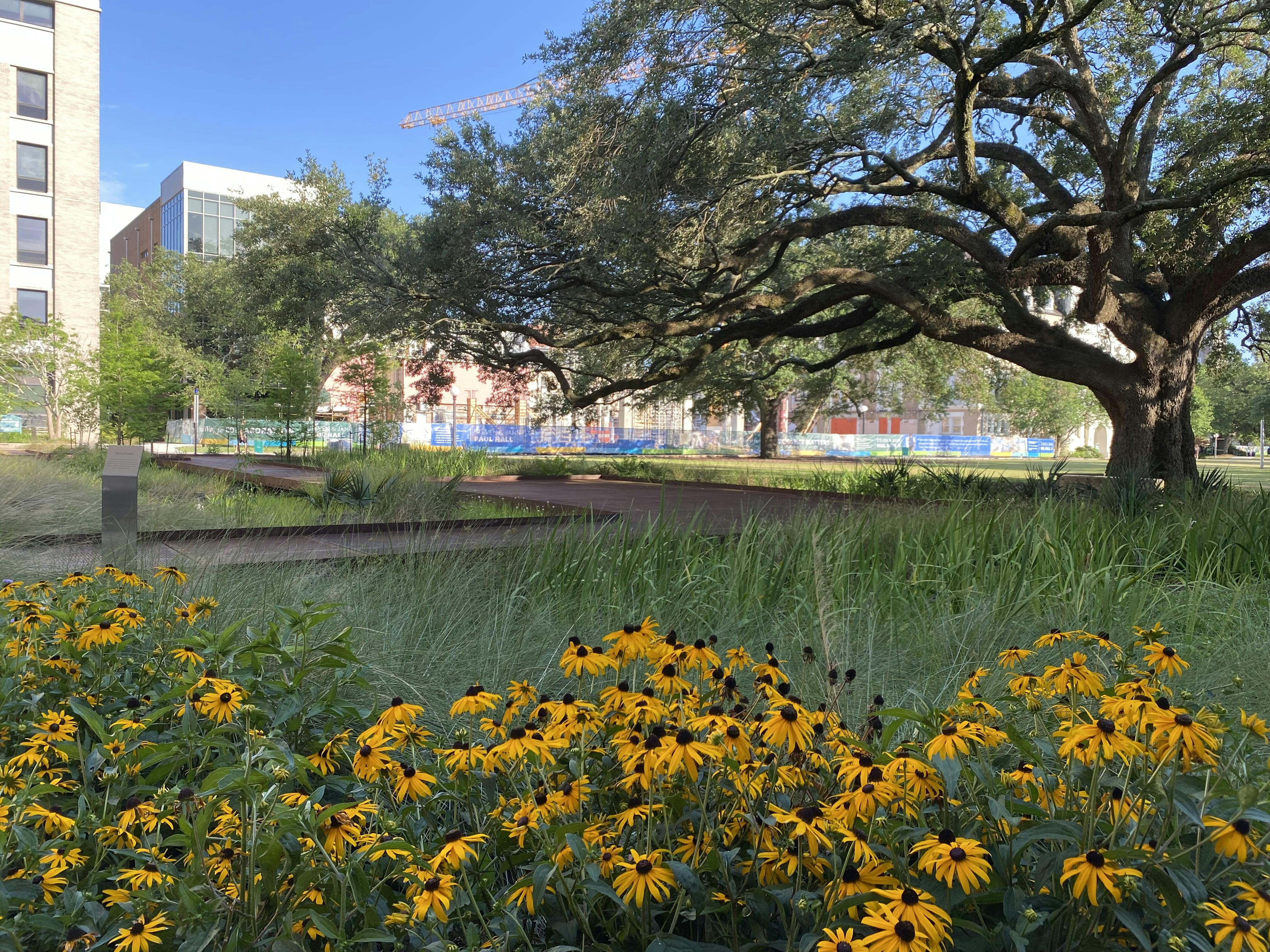
Adaptive Landscapes
We believe landscapes are a living continuum and intentional design begins with the future in mind.
A building is ‘complete’ on the day of the ribbon cutting, while for a landscape, the ribbon-cutting is just the beginning. Landscapes are living systems, they evolve and grow and change over time. Our approach is based on a view that landscapes are cultivated rather than constructed, and that the long-term management of a landscape should be integrated into every design consideration.
